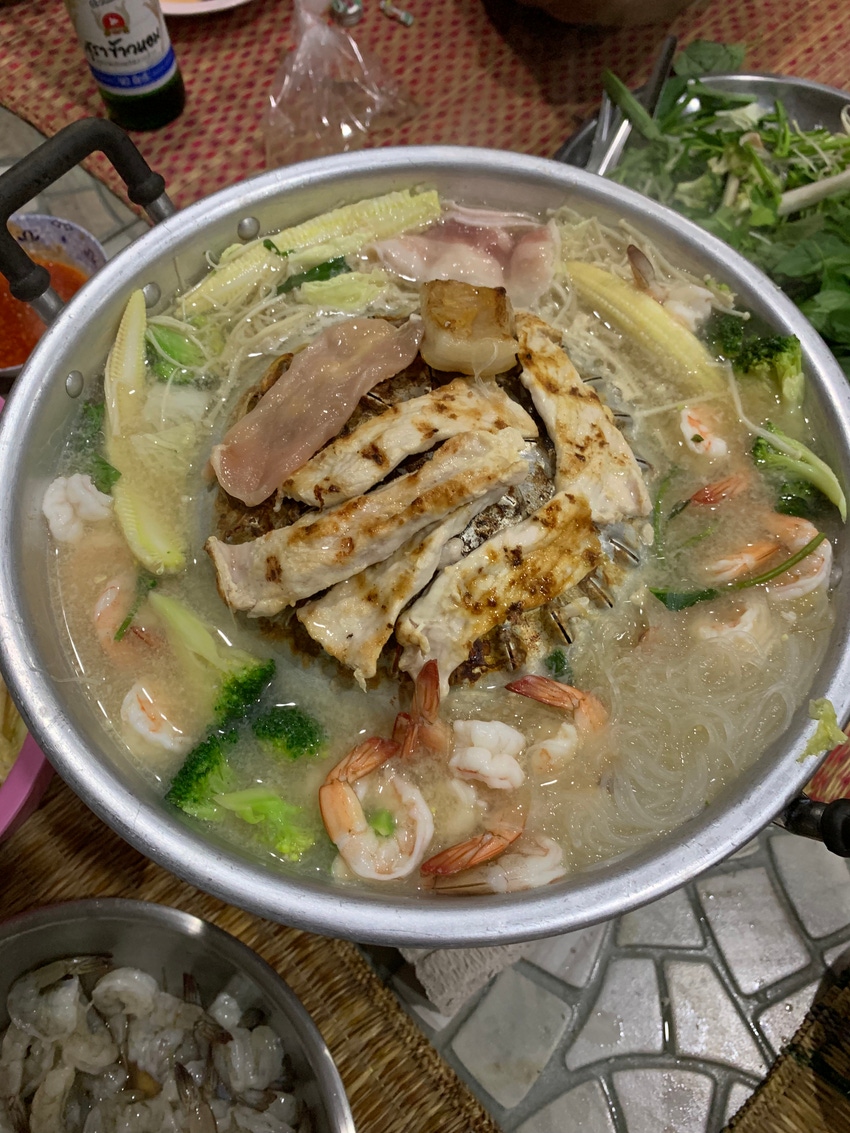Increase in hunger to 820 million people. Increase in climate impact from food production.
September 2, 2019

Two recent reports, one on food security and one on climate change make one wonder, are we working in the right direction to feeding the world or providing for starvation and death due to our choice of policy direction?
Human life is dependent upon an available food source and a sustainable earth. Food provides the nutrients for human life and the earth provides nutrients for the food that humans eat -– both plant- and animal-sourced foods. How can we be food secure and minimize our climate impact footprint?
One needs to recognize the important historical role that the United Nations (UN), the Food & Agriculture Organization (FAO) and the World Health Organization (WHO), and affiliated intergovernmental organizations, have each played in addressing global challenges for the development of a better world.
Historical efforts around improved food productivity, increased food safety and reducing human disease have been quite positive. Current efforts around understanding of food waste issues, human health issues and climate impact all are important as we understand how and the extent that individuals and governments can impact each and address each.
In early August, The Intergovernmental Panel on Climate Change (IPCC) issued a report of “Climate Change and Land” and earlier the FAO, and affiliated UN organization, published its report “2019 - The State of Food Security and Nutrition in the World.” Both reports contain interesting, and some may say alarming, insights as it appears key 2030 Agenda sustainable development goals (SDGs) will be missed, specifically the zero-hunger target. The reports outline what we know from high confidence to low confidence and from high impact to low impact.
From the FAO report we learn:
“… the number of people who suffer from hunger has slowly increased … more than 820 million people in the world were still hungry in 2018 …”
“… the trend in world hunger … remaining virtually unchanged in the past three years at a level slightly below 11%.”
“One in seven newborns … suffered from low birthweight … no progress has been made in reducing low birthweight since 2012.”
“Overweight and obesity continue to increase in all regions, particularly among school-age children and adults. … The economic costs of malnutrition are staggering.”
The IPCC reports provides:
Agriculture, Forestry & Other Land Use (AFOLU) activities accounted for around 13% of CO2, 44% of methane (CH4), and 82% of nitrous oxide (N2O) emissions from human activities globally during 2007-2016, representing 23% (12.0 +/- 3.0 GtCO2e yr-1) of total net anthropogenic emissions of GHGs [greenhouse gases].
“Climate change is projected to exacerbate risks of pests and diseases and extreme weather events in smallholder farming systems.
“Climate change negatively affects all four pillars of food security: availability, access, utilization and stability.”
The FAO report notes, “More broadly, transformation of food systems is essential in delivering safe, affordable and sustainable diets.” Really, is this the right policy direction, a transformation of the food systems?
Undoubtedly feeding a growing global population and achieving zero hunger is a major challenge. The issue is complex as one recognizes it is multisectoral, multidimensional and multidirectional. Key factors driving hunger, food insecurity and malnutrition include economic slowdowns, droughts, conflicts and political instability. Commodity exports, food import dependence and world prices, each can negatively or positively affect food security and choices available for consumers.
Climate change is impacted by human activity, including agriculture and food production. A core question is to the exact extent that it is impacted for food production practices, and importantly, what can we do to minimize impact.
The alarm is sounded. What do we do? How do we ensure access to safe, nutritious and sufficient food? We know with ‘high confidence’ plant-derived food production can be increased through seed selection, the use of fertilizers and the use of chemicals. We know with ‘high confidence’ animal-derived food production can be increased through genetic selection, health management and nutrition management.
One can postulate, with high confidence, that when done properly, with a resulting high impact, all these best practices will result in declining emission intensities per unit of product while increasing total food production. This is a true win for food security and climate change. Technological innovation and sustainable intensification, when done economically, are good for feeding the world.
Today, we undoubtedly have a more sophisticated ability to track and monitor food security and climate change. This is good. The question is are we acting based on our scientific knowledge to positively impact the future? Or do we let activist agendas drive resource allocation and policy direction in a way that is unlikely to be adopted or to increase food availability?
One example of concern is the ongoing bias to shift all humans to plant-based diets. Plant-sourced food has a role in all balanced diets. But earlier this year FAO noted, “… 86% of livestock feed is not suitable for human consumption.” And, globally food animals play a significant role in food production, human nutrition and food choice; especially for the poor and rural. Thus, considering existing knowledge, prioritizing resource allocation and policy direction with a focus on balanced, nutritious and healthy diets would seem more achievable that seeking to change the food system.
Food security is an outcome of the food system as referenced in the reports. Food systems have evolved through application of practices, for both plant and animal, that can most economically meet consumer demand choices. Farming practices are influenced by locale and consumer choices, but to be sustainable they need to be economically sound.
What do we do for policy direction?
On the food production side, focus on technical innovation for both plant-derived and animal-derived food production. Education on best management and production practices with a focus on local application and adoption.
On the human food side, education on balanced, nutritious and healthy diets. Understanding of undernutrition, malnutrition and the role of physical exercise for a healthy lifestyle. Seek to provide dietary choice with an adequate, diverse and an affordable food supply.
On the climate side, encourage the most efficient and productive farming and food supply chain practices. Focus on declining emission intensities per unit of product consumed. Doing this collaboratively, we can have a sustainable and food secure world and avoid starvation and death; thereby possibly attaining the ‘2030 Agenda’ sustainable development goal of zero-hunger.
About the Author(s)
You May Also Like




.png?width=300&auto=webp&quality=80&disable=upscale)
